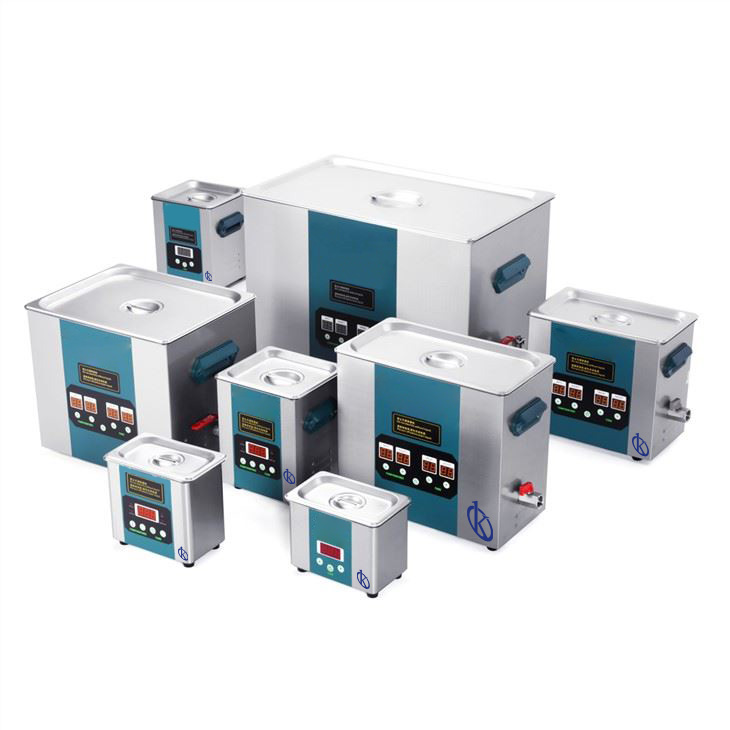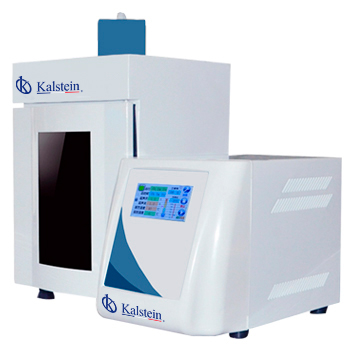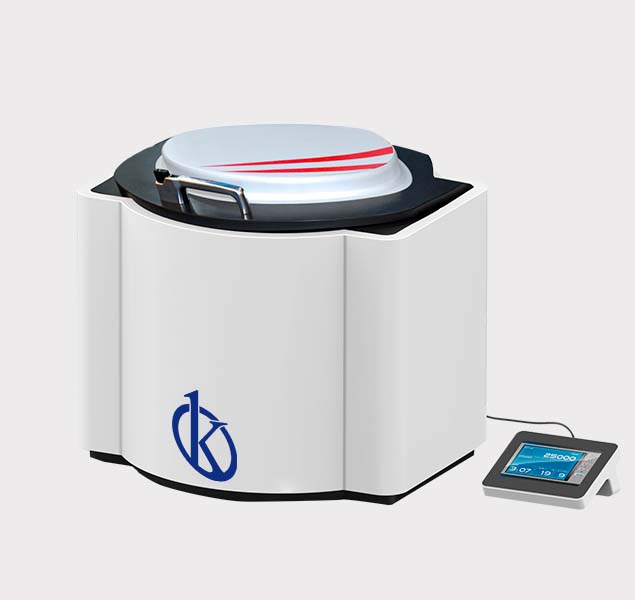Why are ultrasonic cleaners used for the ophthalmological sector?

The ultrasonic cleaner is indispensable in ophthalmological practice, due to the proven effectiveness in cleaning the instruments used in this discipline. The cleaning of instruments for ophthalmological procedures should be a safe process, allowing the removal of the surface of the instruments, all inorganic or organic waste, or any other contaminant, prior to sterilization. Ophthalmologic surgical instruments that are inadequately sanitized may cause surgical infections, such as anterior segment toxicity syndrome.
Homogenizer in a laboratory: When is it necessary?

A laboratory homogenizer is equipment that is used to homogenize various samples, that is, it is commonly used in laboratories to mix substances, in order to create soluble suspensions or double emulsions.
What should you know about a laboratory homogenizer?

A homogenizer is a laboratory device, which allows the homogenization of different types of materials; such as tissues, food, plants and other biological or chemical elements. The main types of homogenizers are grouped into three broad categories: mechanical, ultrasound and pressure.
What is the function of a laboratory homogenizer?

A homogenizer is a very important device among the components of a laboratory, since it allows the homogenization of different types of materials; such as tissues, food, plants and other biological or chemical elements.
Laboratory Sample Homogenizers

A homogenizer is a very important piece of equipment among the components of a laboratory, because it allows to carry out the homogenization process of different types of materials; such as tissues, food, plants and other biological or chemical elements.
How does a homogenizer work?

The homogenizer is laboratory equipment that is used for the homogenization of a variety of materials, such as tissues, plants, food, soil, and many others.
What is the importance of homogenizers in the laboratory?

In most laboratories, one of the initial steps in the process of analyzing a sample is the homogenization of the same. In some cases, the material that is received in the laboratory can be immediately sent for culture or any other analysis. In other circumstances, the material has different characteristics that can interfere with the analysis and promote the obtaining of erroneous results. These qualities of the sample are due to its physical or chemical properties, such as hardness, sugar content, fat or moisture.
What are the procedures of Microwave Digestion in environmental samples for the agricultural sector?

Microwave digestion is a technique used to convert specific solid samples into suitable solutions for further analysis in spectrophotometry or polarography. It is based on the chemical digestion of the solid sample by using a liquid reagent, which is usually a mineral acid, then the sample together with the acid are capped in a closed container. When heating the closed container, the temperature increases rapidly, well above the boiling point of the acids, this allows the digestion process to accelerate and finish very quickly, in fact, a typical digestion lasts between 20 and 40 minutes, making this technique a very powerful tool.
Microwave digester: in which scientific sectors is it used?

The use of this equipment for different scientific processes is proven thanks to the scientific researchers in the areas of chemistry and engineering, where the use of microwaves for NTK analysis and oxygen demand is validated, due to the effective system of temperature that these processes require, thanks to the microwave digester samples and tests reach a necessary temperature in a shorter time and without thermal degradation.
Microwave Digestion System in Tumor Samples to Detect Cancer

Microwave digestion is a technique used to break down the materials in a test sample. By adding strong acids and even bases and heating, the sample homogenization process is accelerated. This results in a solution in which there are highly solubilized organic materials and metal ions, suitable to perform a spectrophotometry analysis and know the components that make up the resulting solution.
